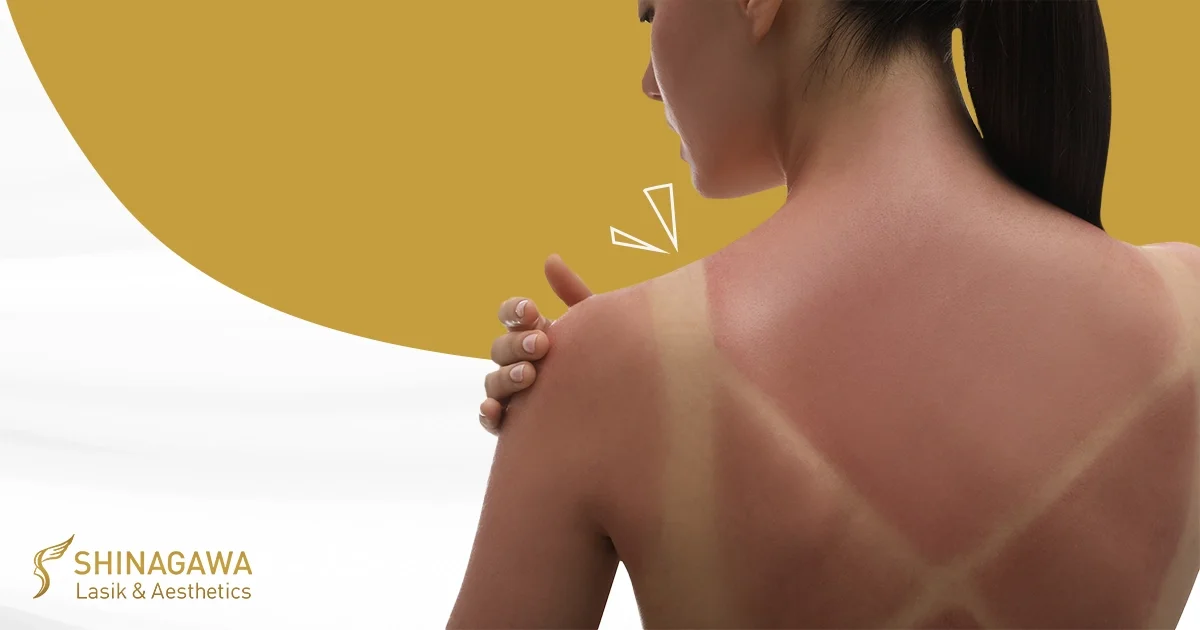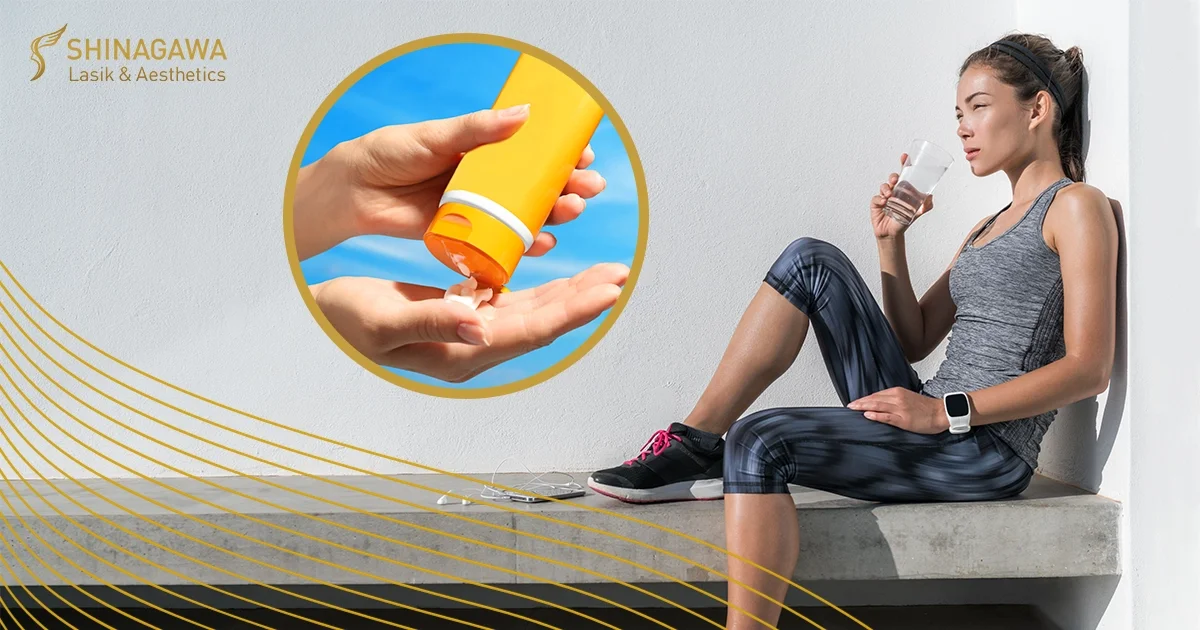What happens when you get a sunburn?
If you spend too much time in the sun or forget to reapply your sunscreen, you might learn what happens to your skin when you get sunburn.
We all know a sunburn results from too much unprotected time in the sun, but what actually happens to your skin when you get a sunburn—or a tan, for that matter?
Let’s dive into some important questions about sun safety.
Sunburn is a sign of skin damage from unprotected time in the sun. There are a lot of factors that play into how quickly your skin can become burned in the sun, such as the time of year, your location, and how fair your skin is. Without sun protection, your skin can become sunburned in as few as ten minutes.
What happens when you get sunburned is you’ll first notice your skin feels tender, swollen, or hot to the touch. These symptoms are a result of your body’s inflammatory response to cellular damage. Your blood vessels dilate to increase blood flow to your sunburned skin, causing that telltale heat and redness. If your skin is a deeper tone of brown, redness may be less noticeable after a sunburn.
In addition to this redness and heat, more severe sunburn can mean blisters and peeling skin.
When skin begins to peel, this is your body’s attempt to shed damaged skin cells.
What happens to your skin when you get a tan?
Gradual sun exposure over time may cause your skin to tan instead of burn. When your skin tans, your body responds to UV exposure by producing melanin—which is the pigment that gives skin its color—to try to protect your skin cells from DNA damage. Although your skin isn’t turning red like a sunburn in this case, any change in the color of your skin—including a tan—is a sign of skin damage.
Why is sunburn bad for you?
Severe sunburns can cause symptoms such as headache, fatigue, nausea, or even fever, but there are more lasting dangers to sunburned skin. Skin damage accumulates over time, so the more your skin tans or burns, the greater your risk of developing skin cancer. According to the Skin Cancer Foundation, five or more sunburns can double a person’s risk for melanoma, according to The Skin Cancer Foundation.
You can avoid sunburn altogether by wearing broad-spectrum sunscreen and using safe sun practices such as wearing protective clothing and staying out of the sun during peak hours. If you’re struggling with sunburns, our dermatologists can help.
Call our Patient Care Lines: (+632) 7-368 5238 l (+63) 917 862 7454 l (+63) 921 217 0517 for inquiries, questions, and appointments or talk to our consultants via LiveChat at https://shinagawa.ph so we can address and answer them for you.






